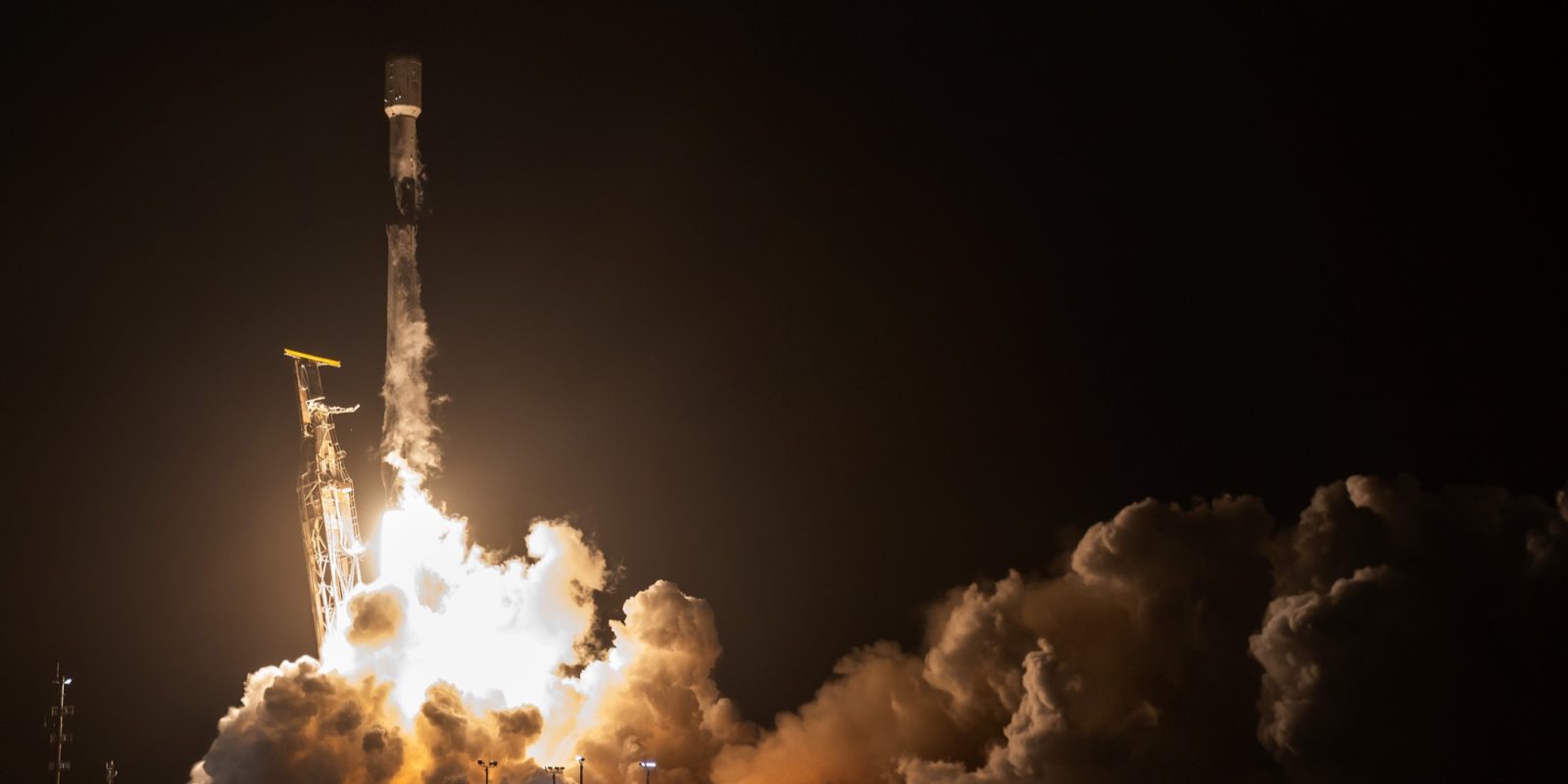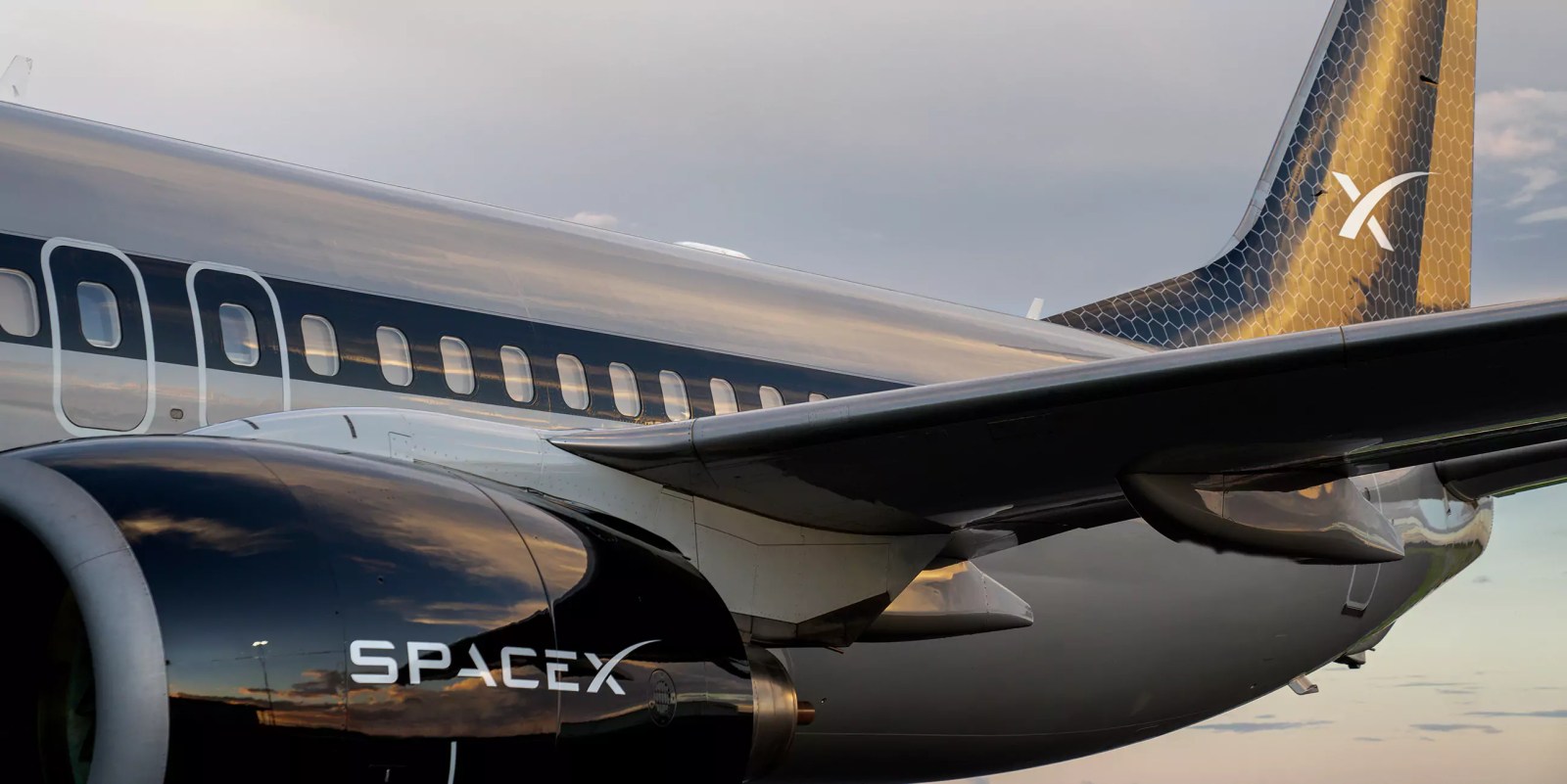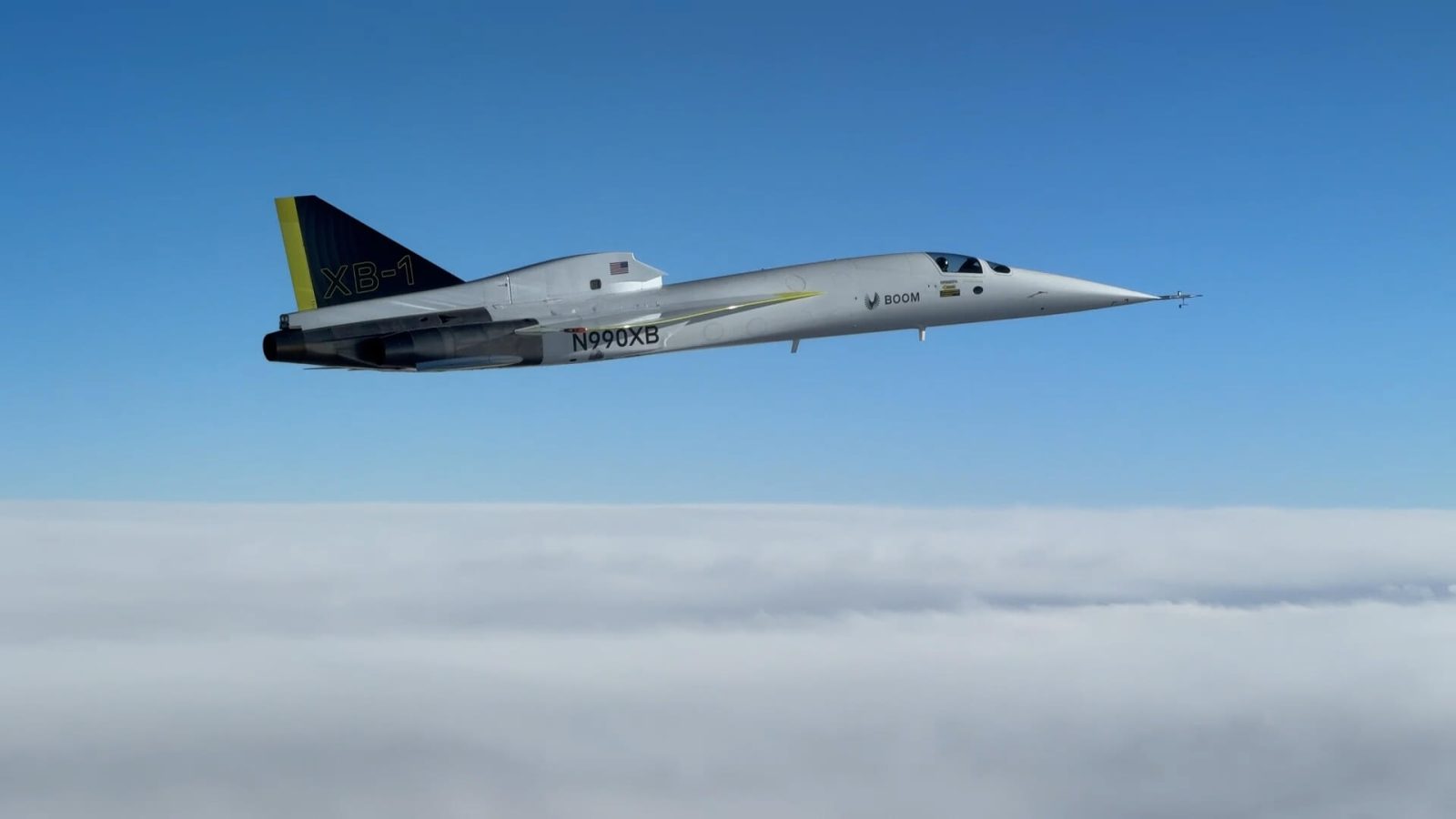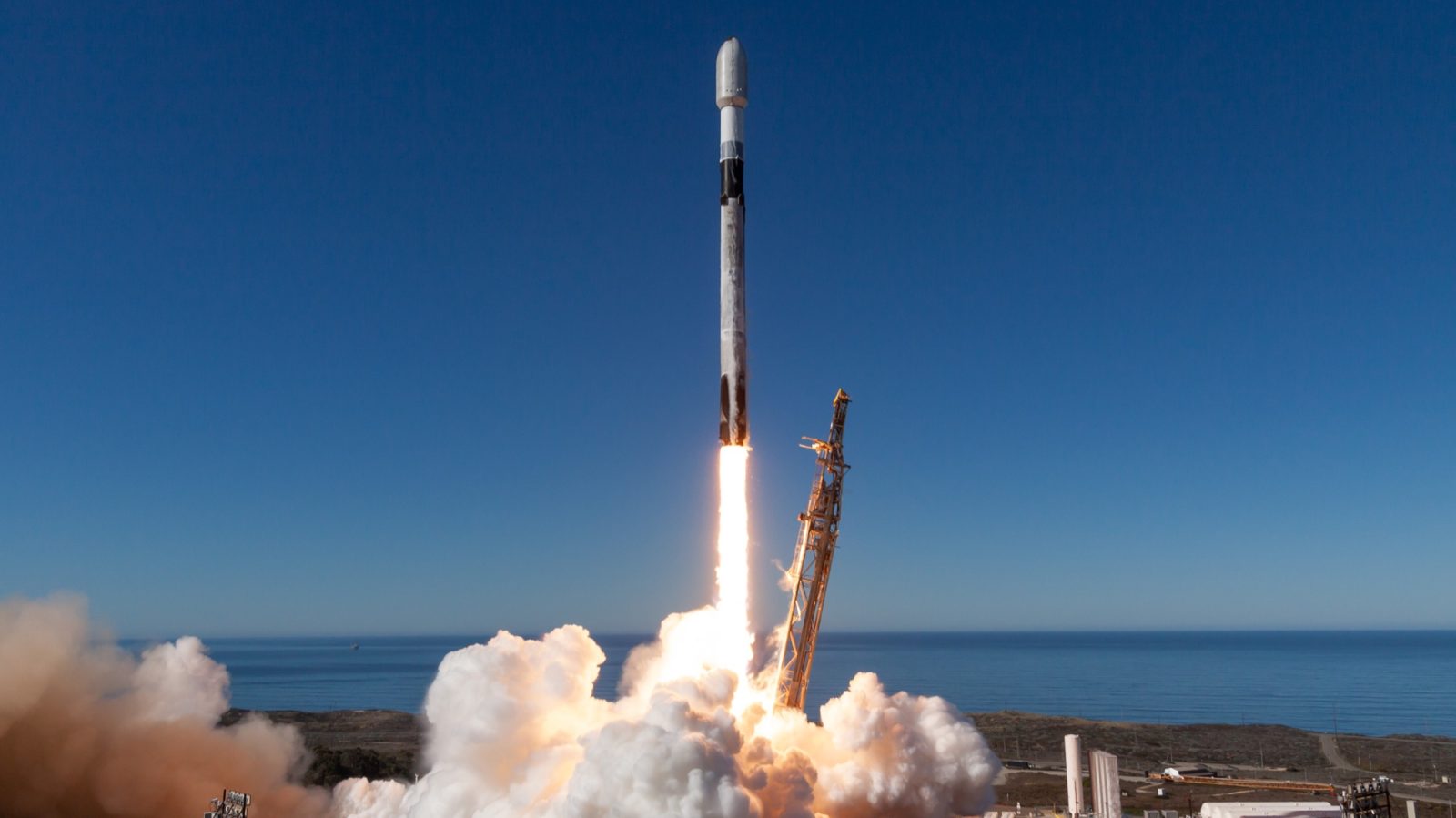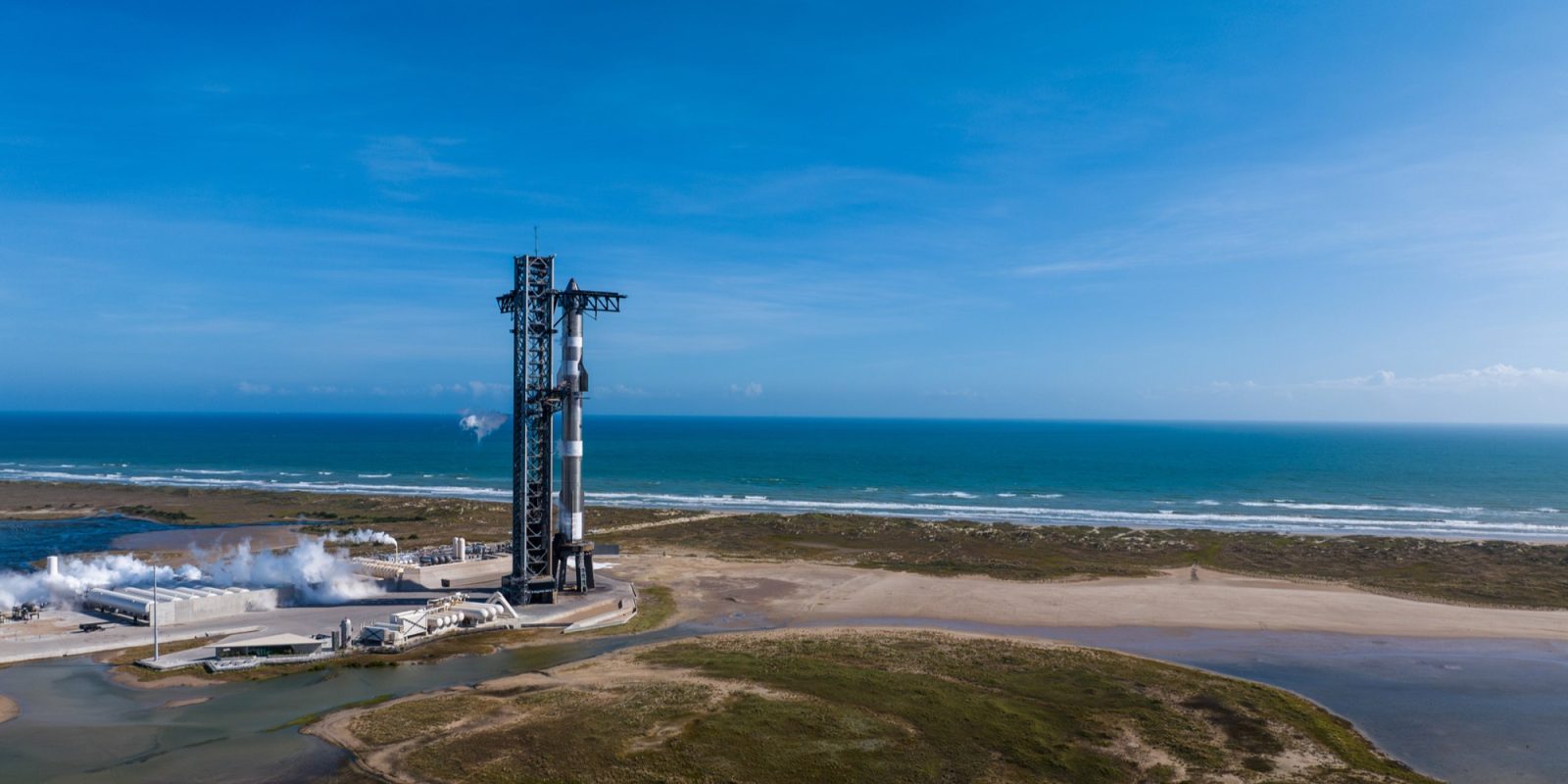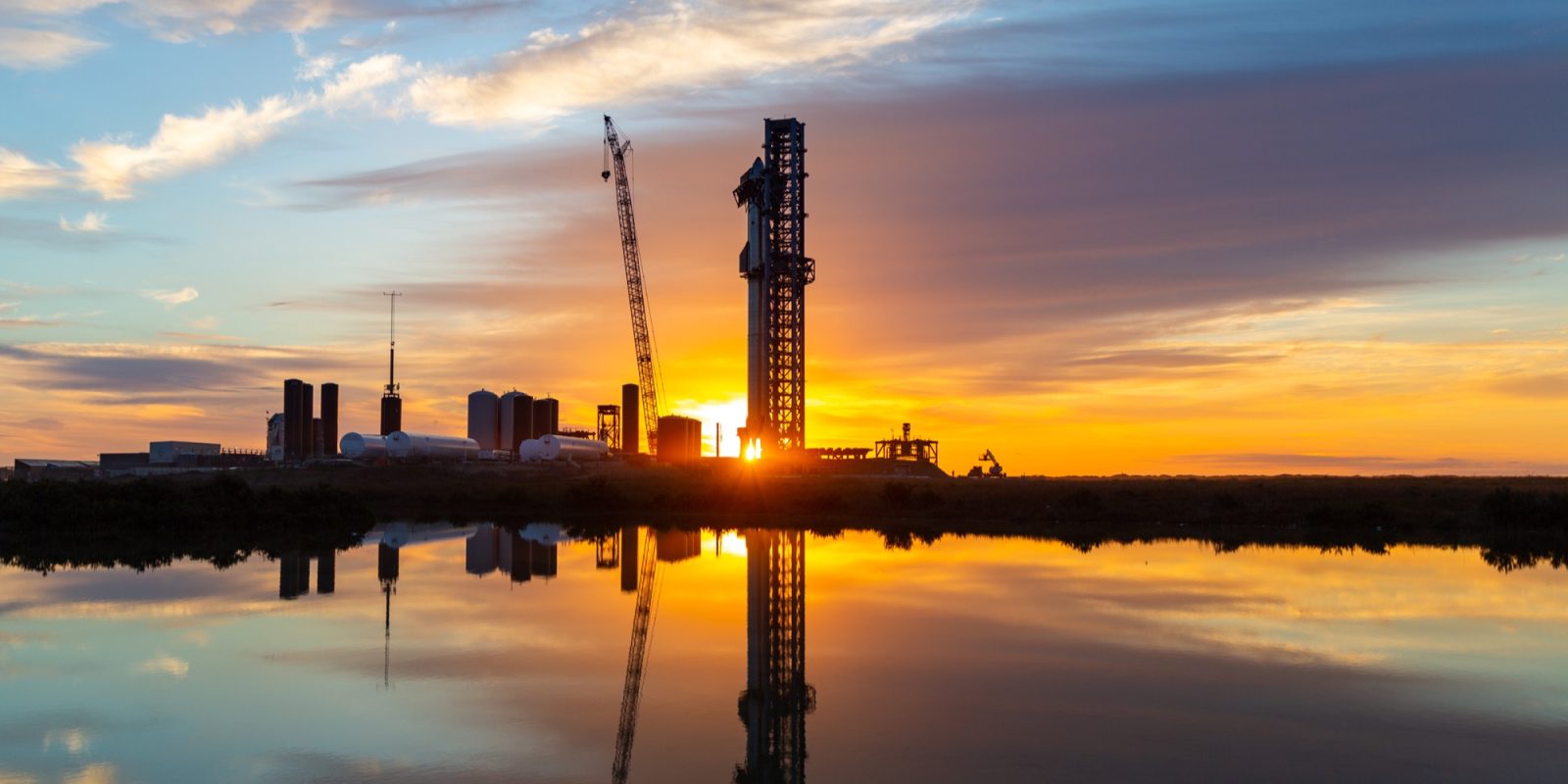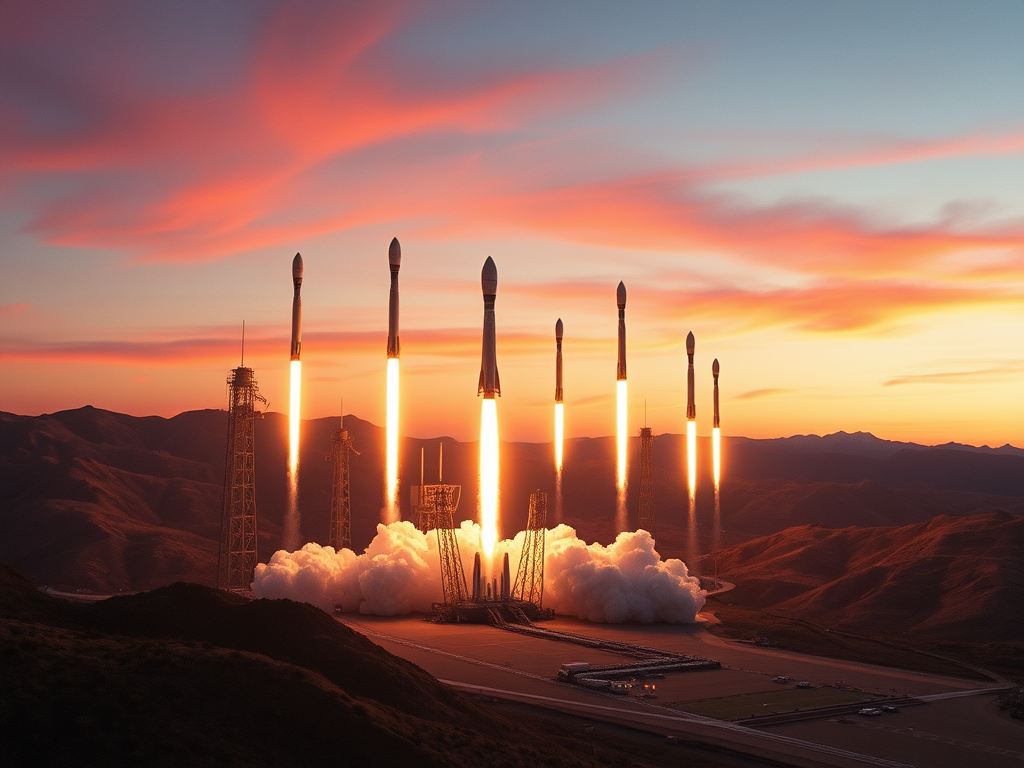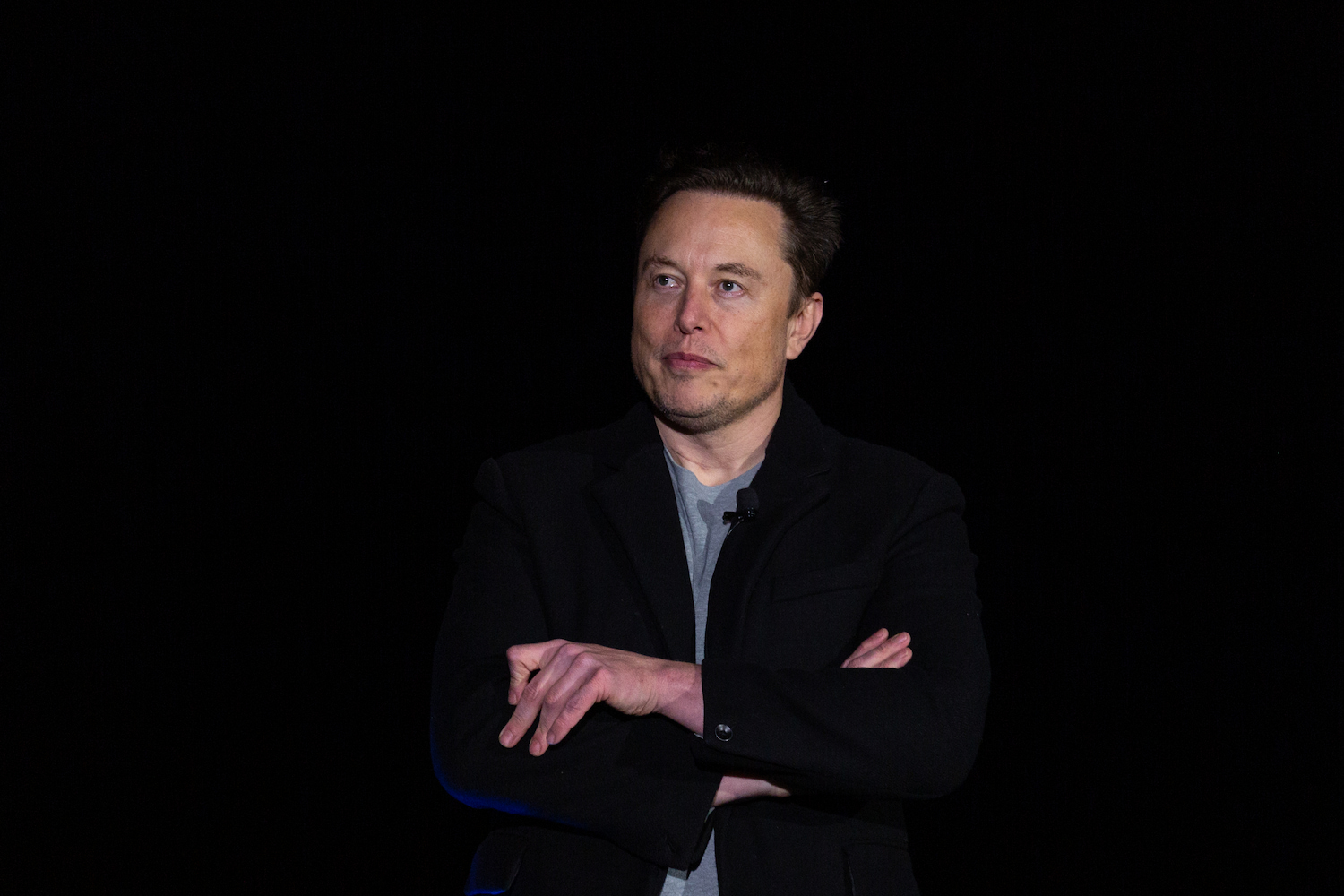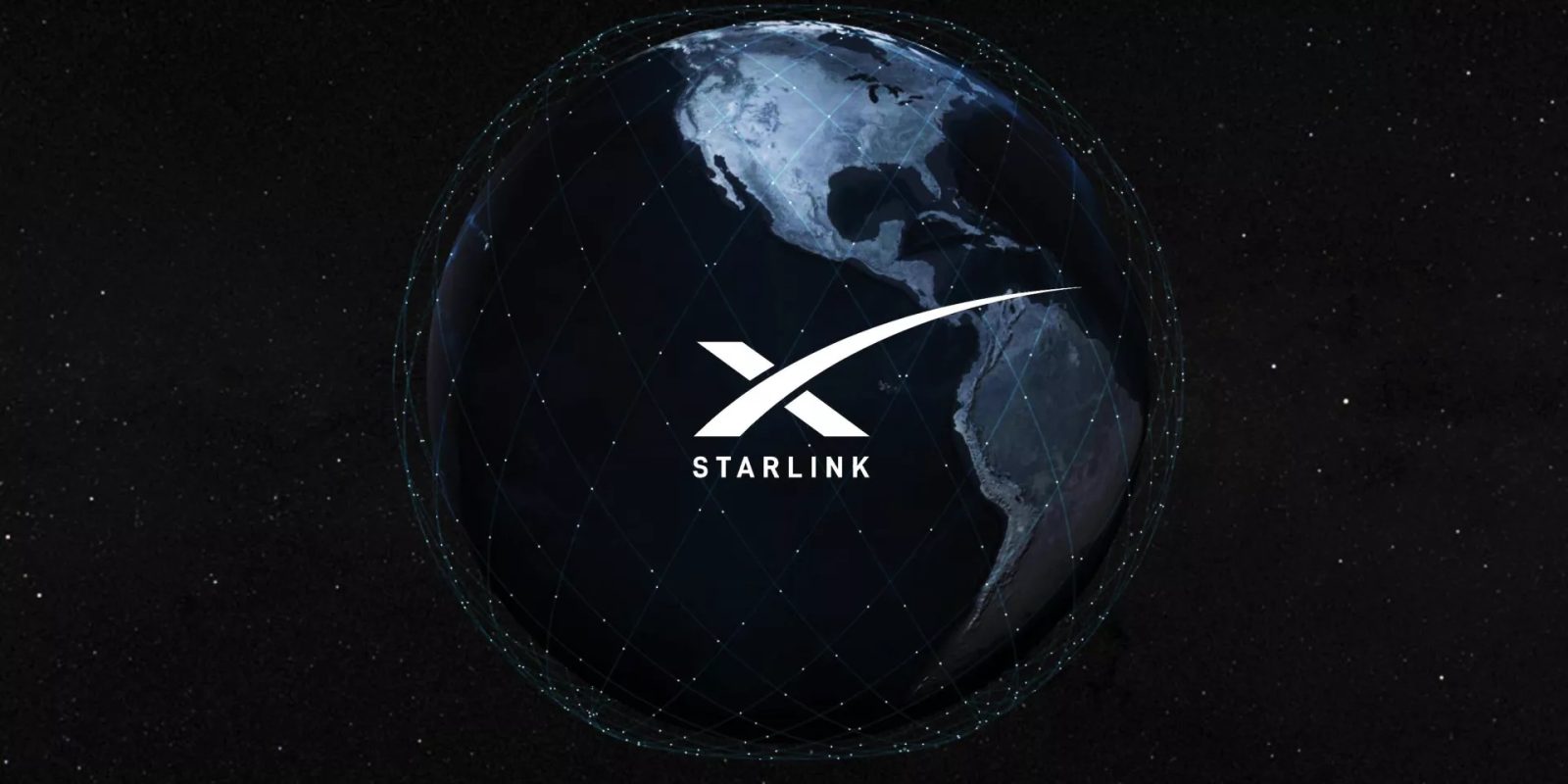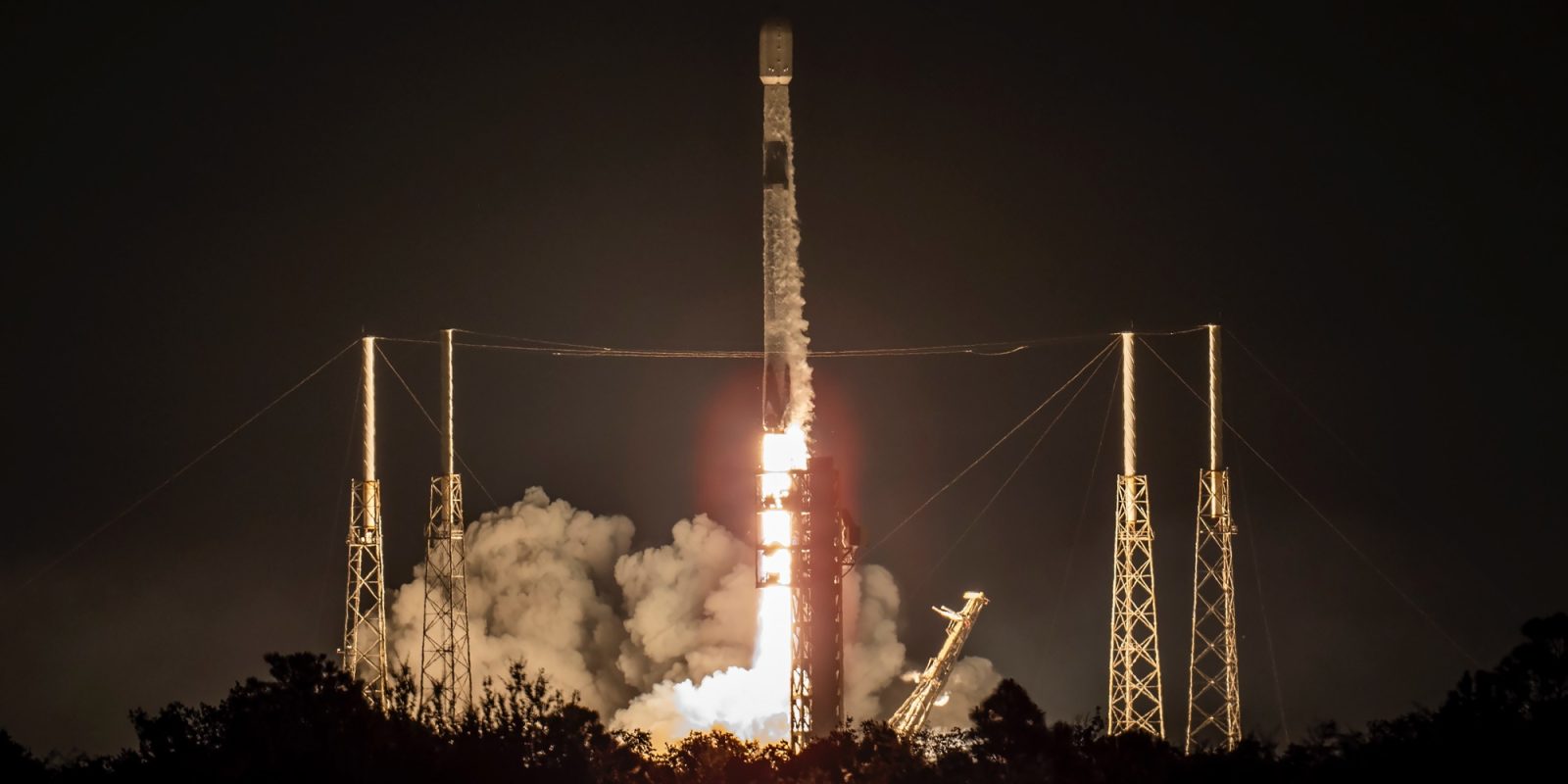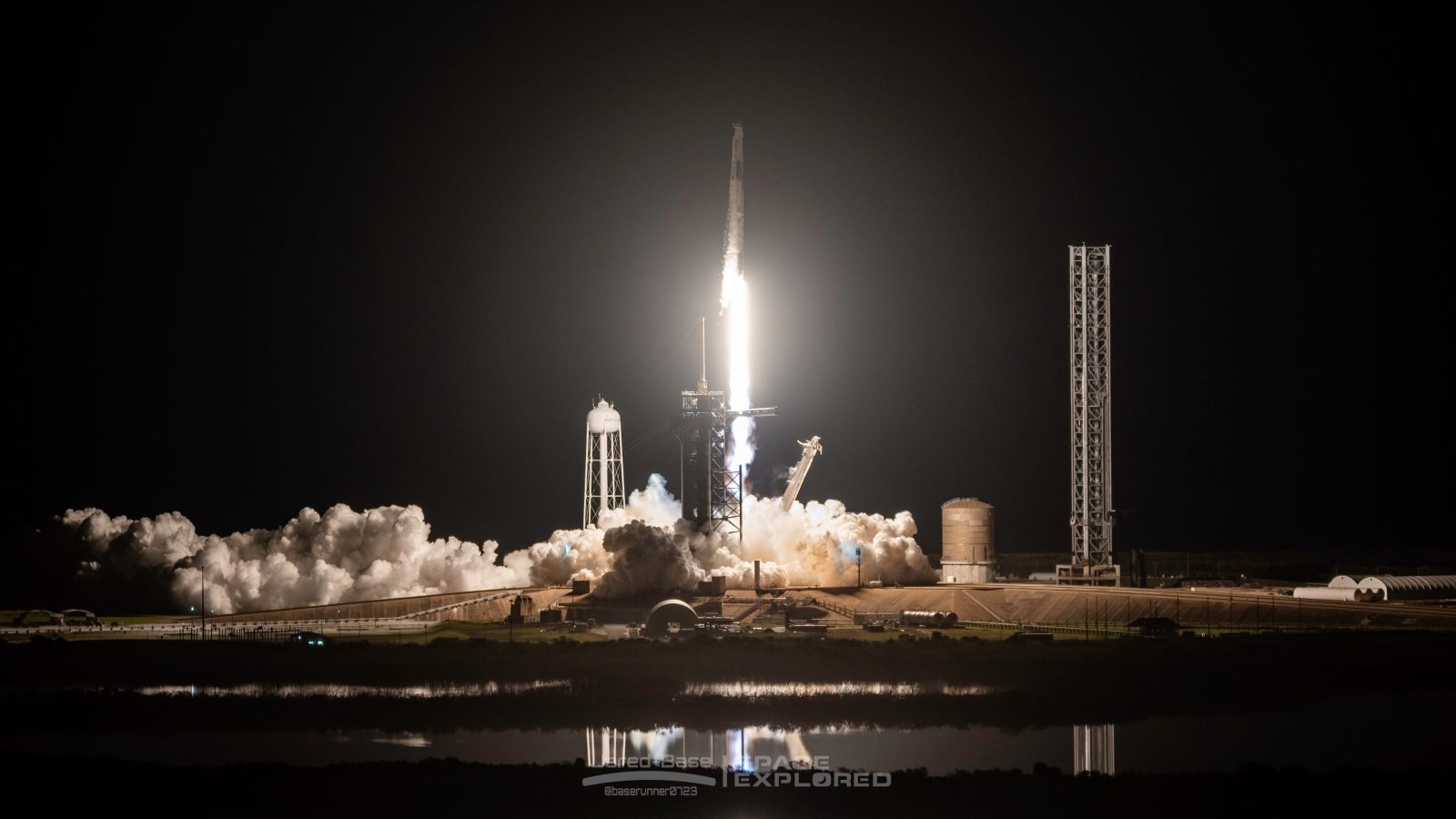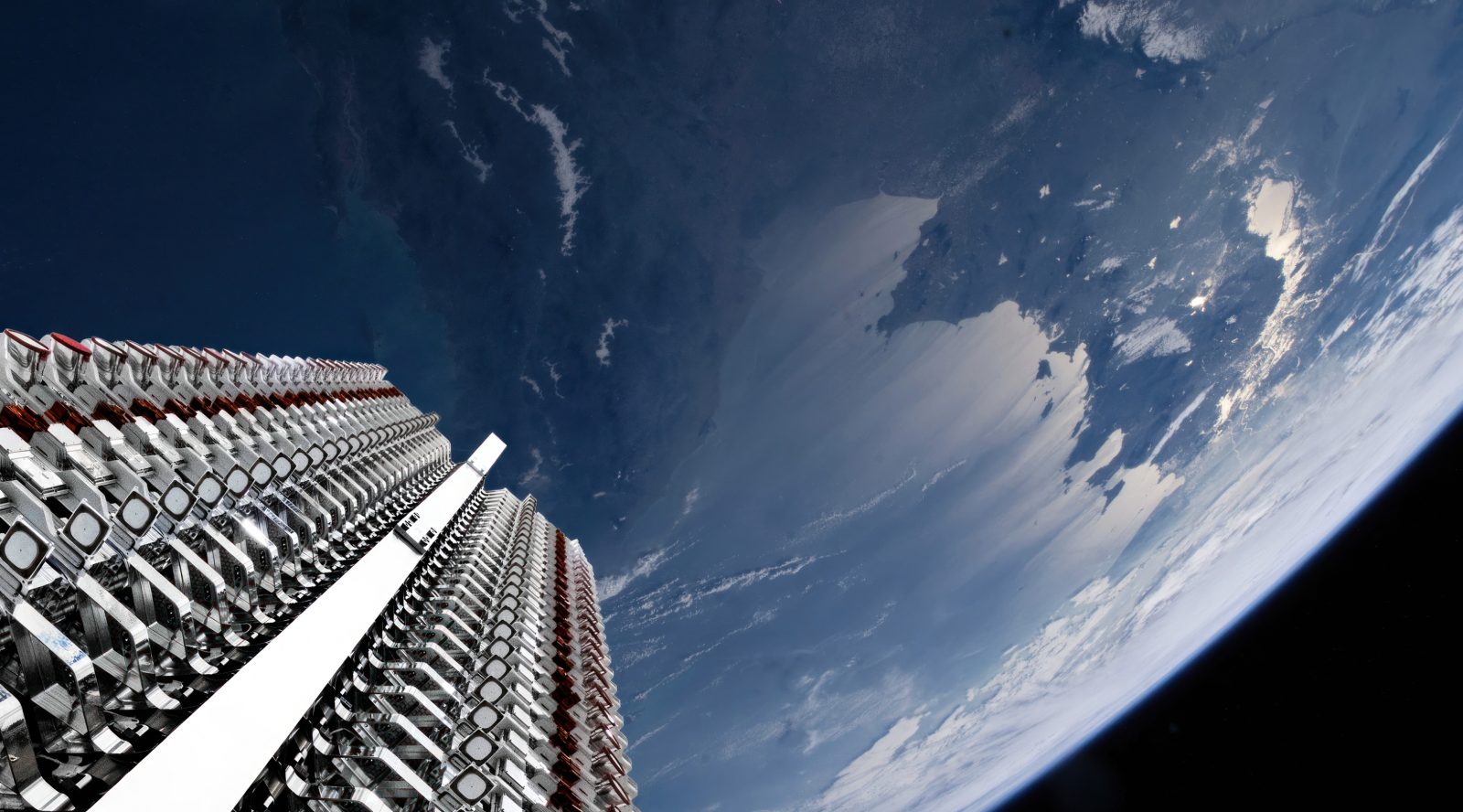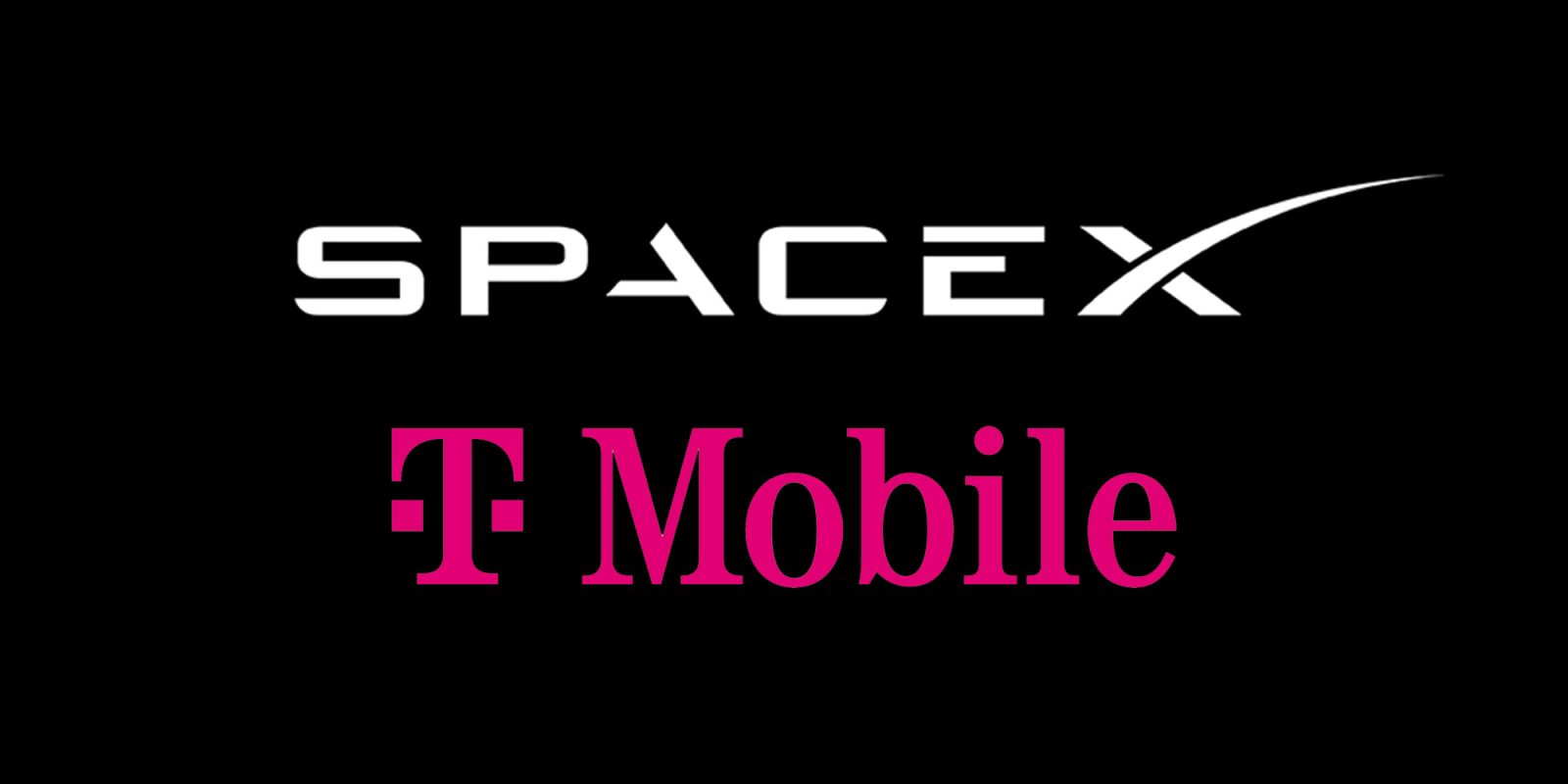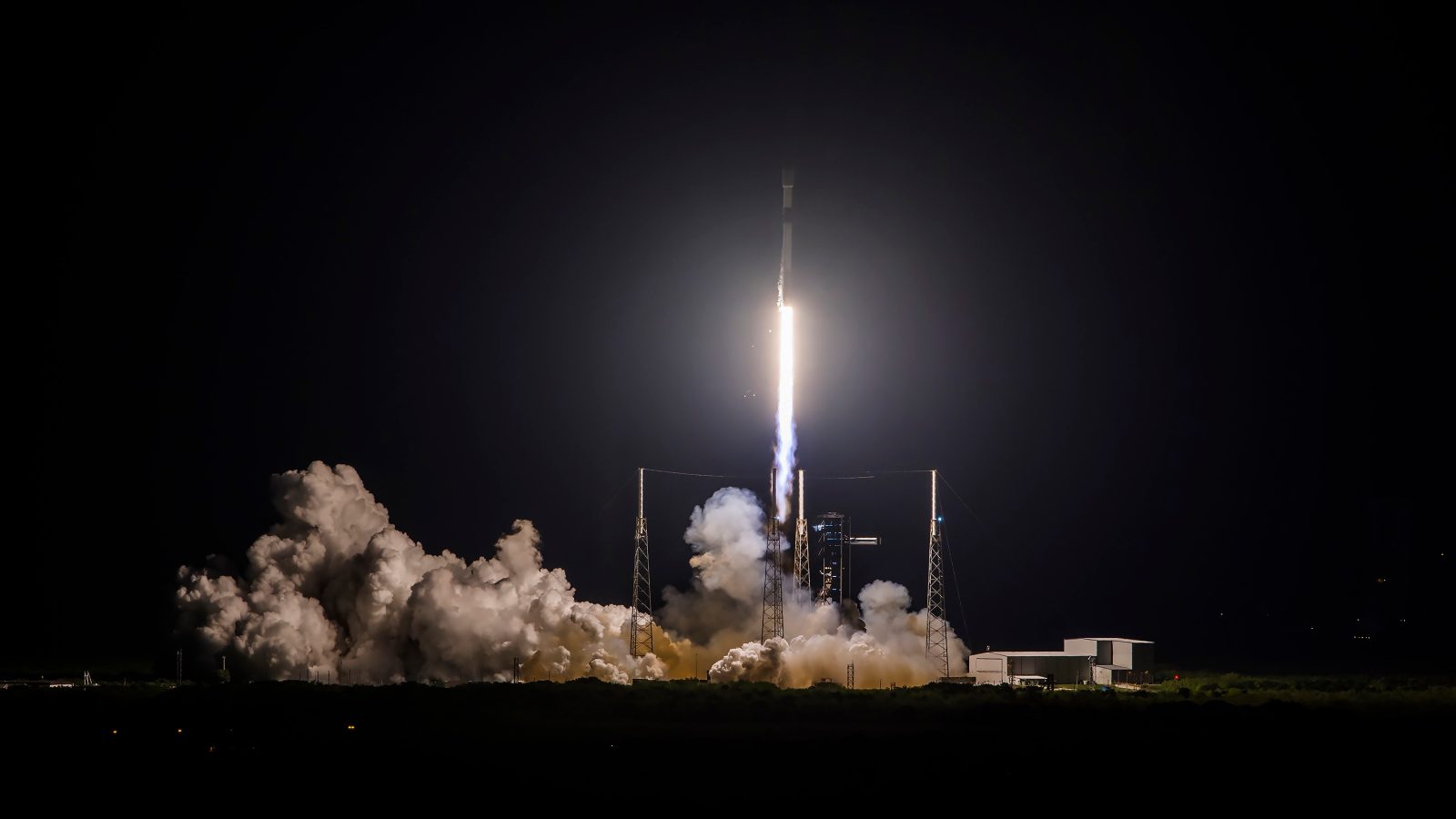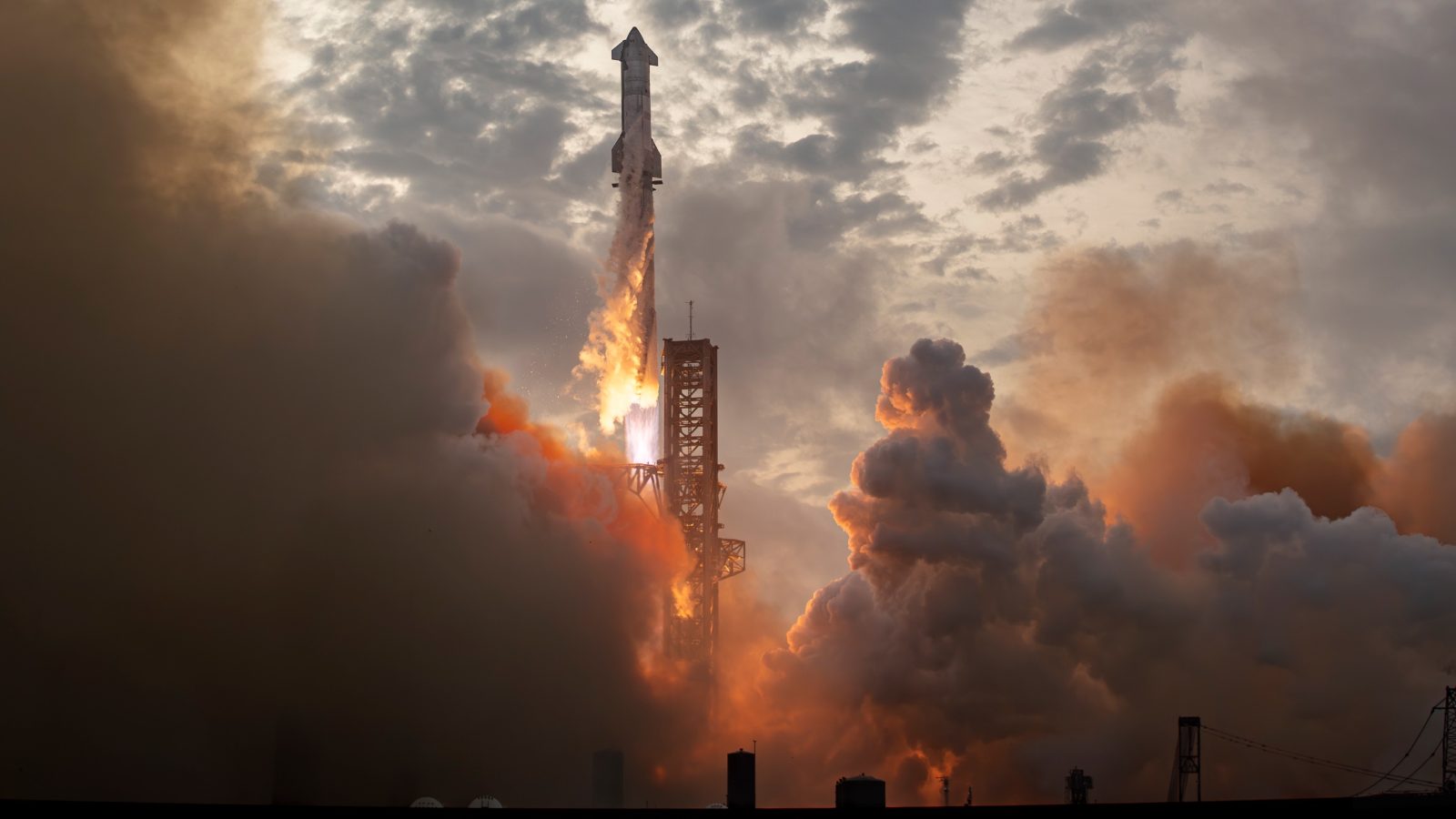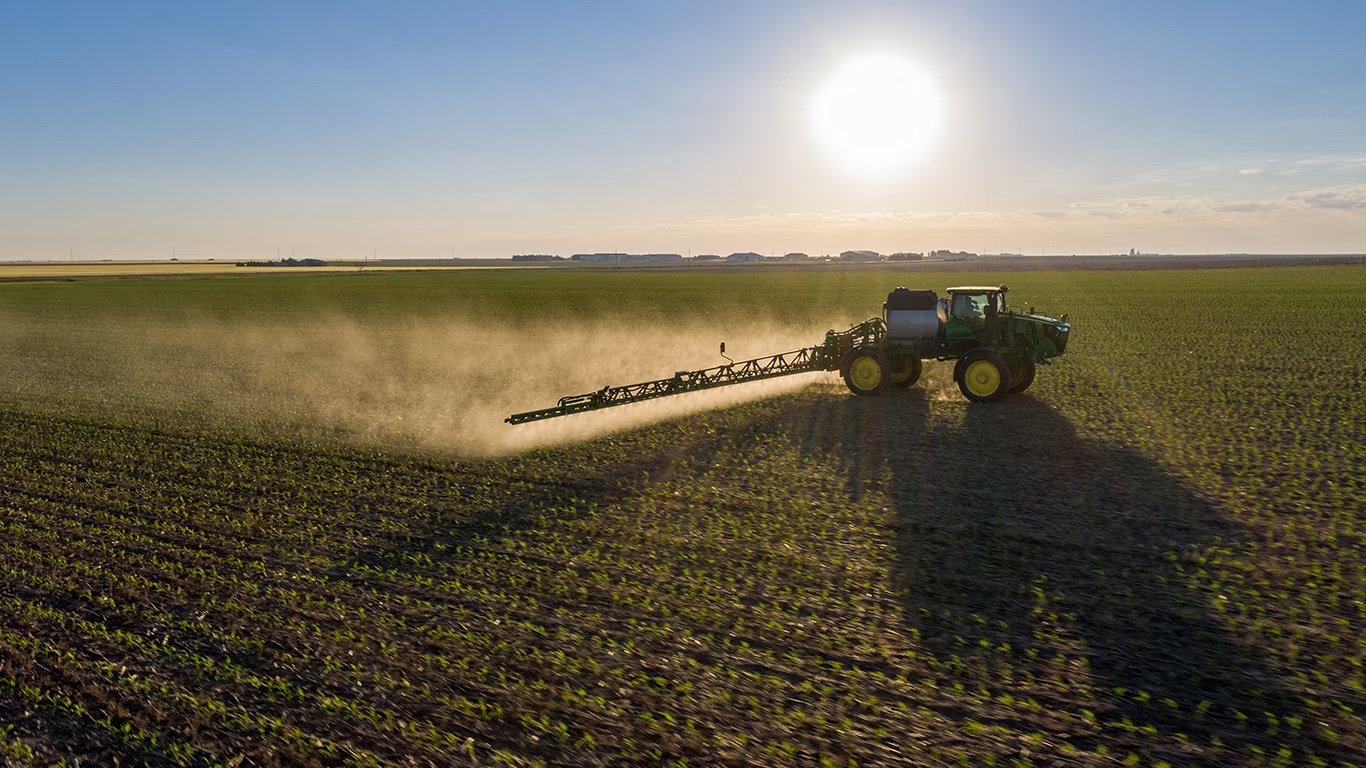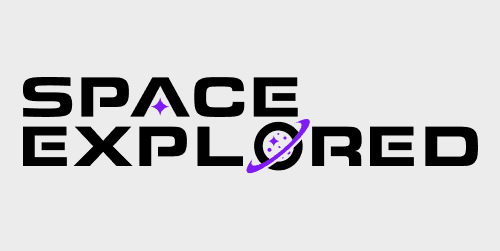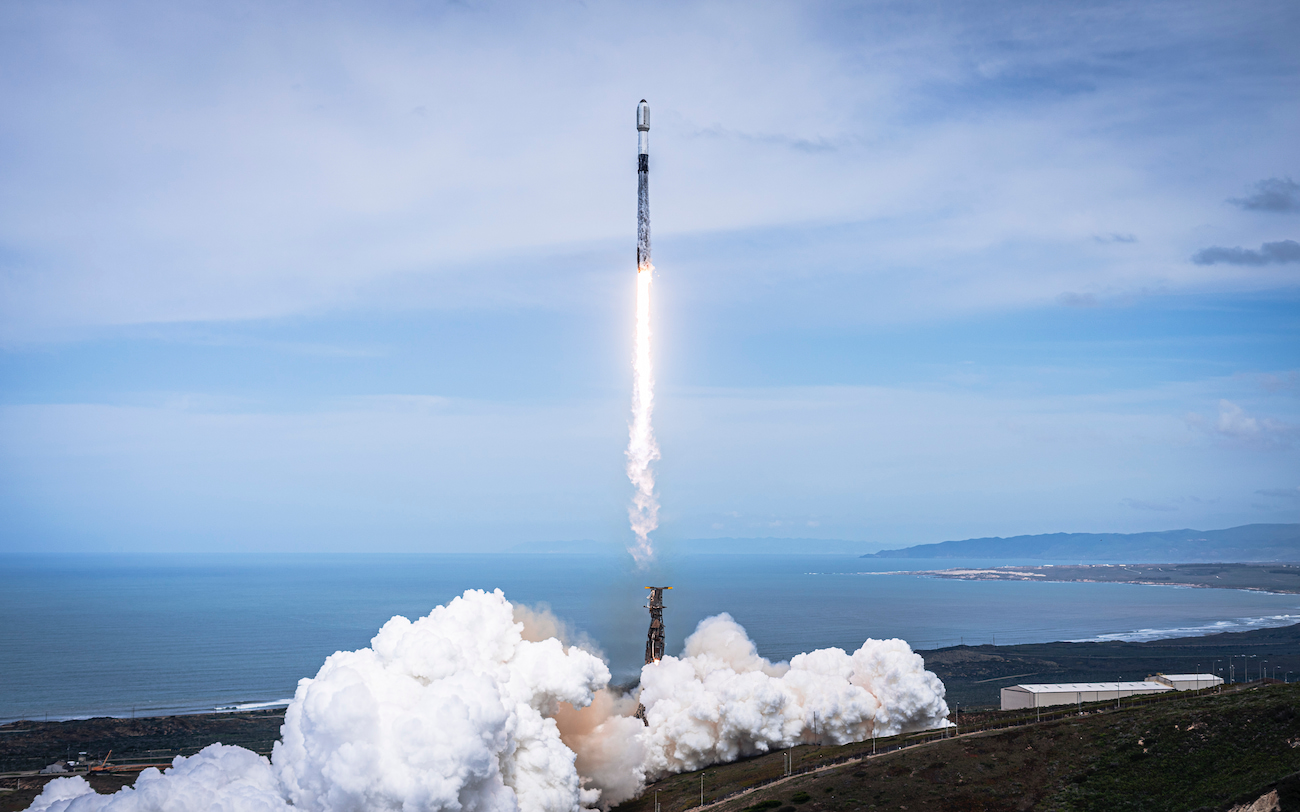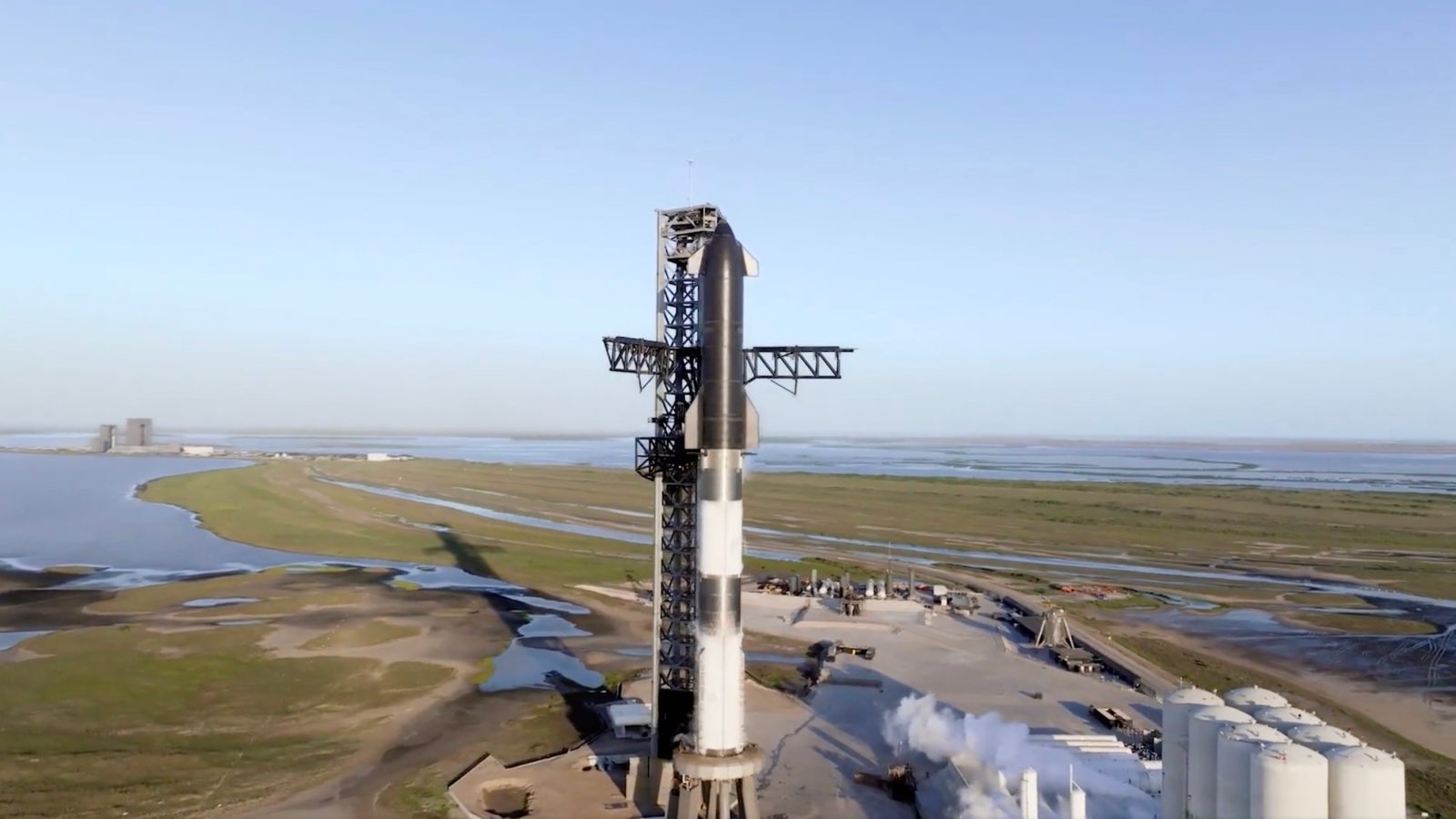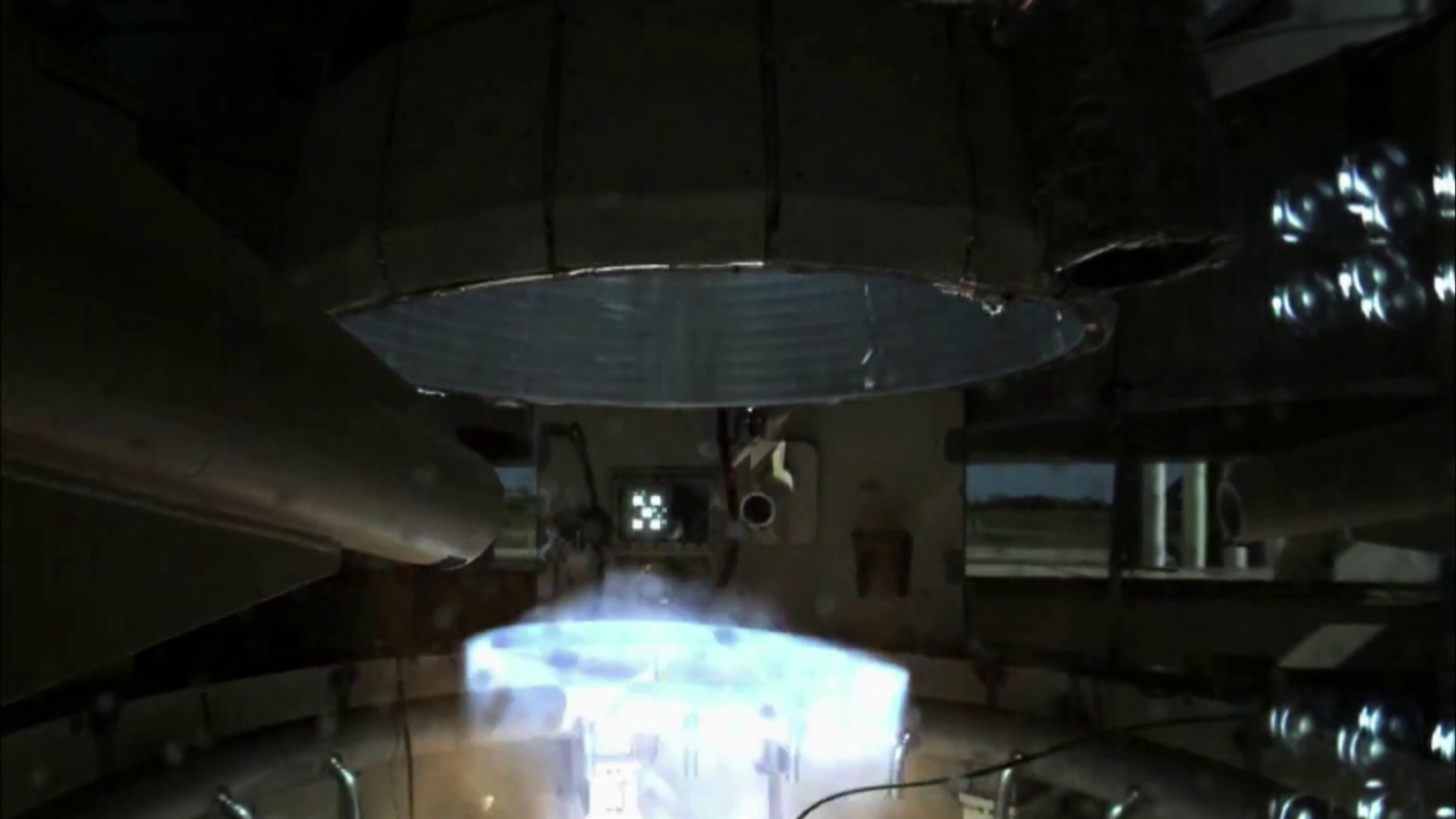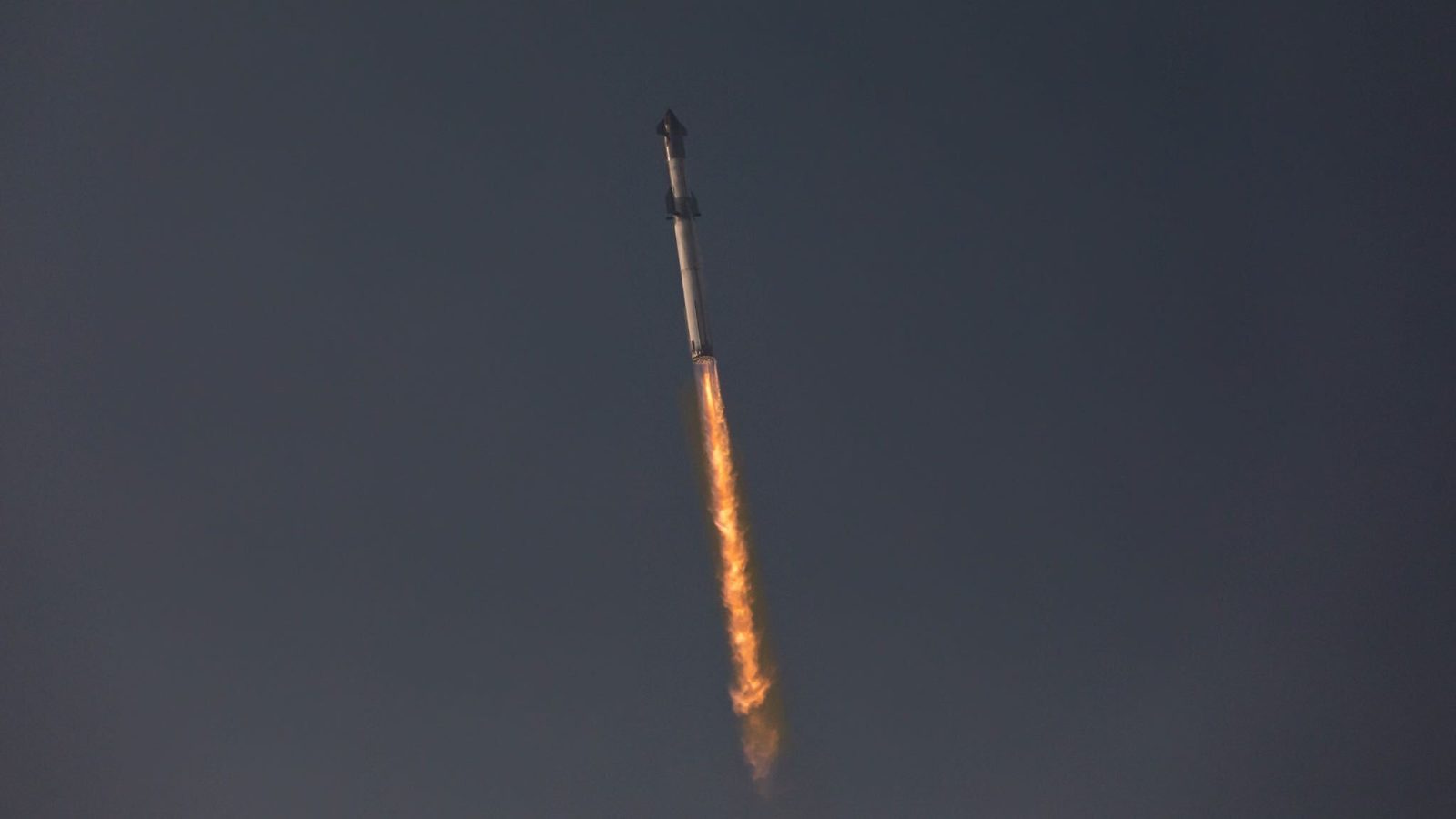Starlink
Starlink is a high-speed satellite internet company that was launched by <a href="https://spaceexplored.com/guides/spacex/">SpaceX</a> in 2019 when the first batch of 60 operational satellites was launched into orbit. In October 2020, SpaceX began rolling out a public beta of the Starlink service, which the company claims will include "near global coverage of the populated world in 2021."
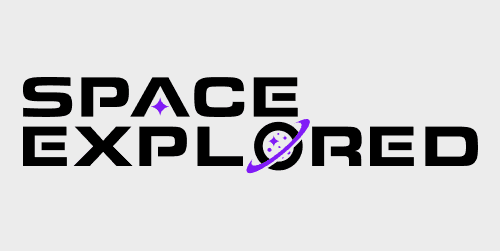
Table of contents
- What is Starlink? An overview of SpaceX’s satellite internet service
- Starlink vs. Starlink Premium
- How much does Starlink cost?
- Major events in Starlink development
- January 2015 : Initial Announcement
- May 2015: FCC Filings
- November 2016: FCC application for Satellite Constellation
- 2017 : Two Test Satellites Used in Ground testing
- February 2018: LAUNCH! The First Flying Test Satellites – TinTin V0.1
- May 2019: LAUNCH! 60 V0.9 Satellites – Starlink V0.9
- November 2019: LAUNCH! First 60 Operational V1.0 Satellites – Starlink V1.0 L1
- January 2020: LAUNCH! Experimental DarkSat – Starlink V1.0 L2
- June 2020: LAUNCH! New VisorSat test with Sunshade – Starlink V1.0 L7
- July 2020: Internal Private Beta Test Begins
- October 2020: Public “Better Than Nothing” Beta Program Begins in U.S.
- January 2021: Public Beta Expands to Canada and U.K.
- January 2021: LAUNCH! SpaceX Surpasses 1,000 Starlink Satellites in Orbit – Starlink V1.0 L16
- May 2021: The State of Starlink Now
- Mid to Late 2021
- August 2021
- September 2021 : Looking ahead to 2022
- September 2021 : LAUNCH! First launch in second group of Starlink Satellites.
- November 2021: Starlink launches a new, square user terminal
- November 2021: Tesla begins deploying Starlink at Superchargers
- February 2022: SpaceX launches Starlink Premium
- February 2022: 40 Starlink satellites lost
- March 2022: Starlink Premium renamed to Starlink Business
- August 2022: SpaceX and T-Mobile announce cellphone connectivity
What is Starlink? An overview of SpaceX’s satellite internet service
First announced in 2015, Starlink is a constellation of satellites by SpaceX intended to provide a high-speed and low-latency connection to the internet anywhere in the world. SpaceX hopes to bring the connection speed of Starlink up to 10 Gigabits per second.
Each Starlink customer is shipped a roughly pizza box-sized receiver. This receiver must have a clear field of view of the sky. SpaceX’s app makes it easy to ensure your Starlink receiver has a wide enough view. This receiver has motorized control over the angle but also makes use of phased array antennas.
A phased array antenna essentially allows the angle of the radio waves to be controlled electronically. This provides far more granular control of the angle of connection, allowing the ground-based receiver to track the many Starlink satellites as they move overhead.
Geostationary vs. Low Earth Orbit for satellite internet
Most current satellite internet networks are provided by satellites in an orbit at 35,786 km. This is known as geostationary orbit, as a satellite at that altitude traveling at about 3 km/s will be constantly above the same point on Earth. This is essential in order for one satellite to provide constant service to a specific area.
Starlink satellites on the other hand are in low earth orbit at an altitude of about 550 km. This means that an individual satellite would be unable to provide consistent coverage over any given area. Instead, Starlink relies on thousands of satellites moving overhead so that as some move out of range, more come into range.

This means that the same number of satellites covering a population hub like New York will also be covering more rural areas at the same latitude. Many of these extremely rural areas are not large enough communities for a high-speed wired internet connection. So Starlink will provide a high-speed and low latency connection where access was previously has been unavailable.
The FCC found that 19 million Americans lack access to a fixed broadband service that meets their basic threshold speeds. Being so much closer to the surface allows the smaller area that each Starlink satellite can service to have both lower latency and a higher speed.
Starlink is not just for Americans. Starlink Satellites will fly across the globe, over every country and ocean. It will take time, but Starlink will expand. Long term, Starlink could be used on ships and moving vehicles.
Recently, SpaceX has been launching so many Starlink missions they have become a regular occurrence on Florida’s Space Coast. With this many launches, it has become hard to keep track of all the important moments from the program.
Starlink vs. Starlink Premium
In early February 2022, SpaceX launched a new, business-focused tier to its Starlink internet service. The business-focused tier includes a more weather-resistant terminal, higher speeds, and prioritized service.
| Service Availability | Latency | Expected Download Speed | Expected Upload Speed | Data Caps | |
|---|---|---|---|---|---|
| Starlink | ≥ 99% | 20 – 40 ms | 50 – 250 mbps | 10 – 20 mbps | No current data caps |
| Starlink Premium | ≥ 99% | 20 – 40 ms | 150 – 500 mbps | 20 – 40 mpbs | No current data caps |
While the speeds aren’t dramatically improved from one service to the other, the prioritized service could be even more beneficial during times of high network utilization in your area.
How much does Starlink cost?
| Upfront equipment cost | Monthly service cost | |
|---|---|---|
| Starlink | $499 + $50s&h | $99/month |
| Starlink Premium | $2,500 + $50s&h | $500/month |
Major events in Starlink development
January 2015: Initial Announcement
SpaceX announces a plan for the SpaceX Seattle facility to focus on the development of a constellation of satellites for global communication. Elon touted it as “rebuilding the internet in space.” His long-term vision included providing just 10% of local internet traffic but 50% of all backbone traffic.
May 2015: FCC Filings
FCC filings reveal SpaceX has plans for two experimental satellites.
November 2016: FCC application for Satellite Constellation
FCC filing for a 4,425 satellite constellation. Which would make it the largest constellation of satellites ever built.
2017: Two Test Satellites Used in Ground testing
The first two test satellites were used in ground testing, with a launch on two new test satellites planned for 2018.
February 2018: LAUNCH! The First Flying Test Satellites – TinTin V0.1
SpaceX sent along TinTin A & B on the PAZ Falcon 9 flight as co-payloads to test ground to orbit communications.
May 2019: LAUNCH! 60 V0.9 Satellites – Starlink V0.9
SpaceX successfully launched the first 60 production design satellites on their first dedicated Starlink mission. The launch took place on a Falcon 9 launch from SLC-40 at Cape Canaveral Air Force Station.
November 2019: LAUNCH! First 60 Operational V1.0 Satellites – Starlink V1.0 L1
The first 60 operation Satellites were launched from a Falcon 9 which took flight from SLC-40 at Cape Canaveral Air Force Station.
January 2020: LAUNCH! Experimental DarkSat – Starlink V1.0 L2
On this Starlink mission, one “DarkSat” included a new anti-reflecting coating designed to cut the brightness down to nearly half. This addressed concerns from the astronomy community that feared the bright satellites would ruin their nighttime observations.
June 2020: LAUNCH! New VisorSat test with Sunshade – Starlink V1.0 L7
This launch included one “VisorSat” with a sunshade designed to further reduce the reflectivity of the satellites. The previous DarkSat coating was helpful but was unable to totally address the astronomy community’s concerns.
July 2020: Internal Private Beta Test Begins
SpaceX began allowing employees, their families, and some friends to get early access to the Starlink program. With a limited number of satellites in orbit, connectivity was far from reliable, but this allowed them to test communicating to many more dishes and address any problems that came to light.
October 2020: Public “Better Than Nothing” Beta Program Begins in U.S.
SpaceX set expectations low for this beta. Informing users that there will be periods with no connectivity whatsoever, and expecting speeds between 50 and 150 Mbps. Despite the intermittent connectivity, this connection was far more useful than anything SpaceX’s target customers previously had access to. With the start of the program also came the price: $499 for the initial hardware and $99/month for the service.
January 2021: Public Beta Expands to Canada and U.K.
SpaceX began expanding the same “Better Than Nothing” beta program to the U.K. and Canada. Being at a higher latitude there is a slightly higher density of satellites, meaning fewer outages.
January 2021: LAUNCH! SpaceX Surpasses 1,000 Starlink Satellites in Orbit – Starlink V1.0 L16
This was an important launch for many reasons. In addition to surpassing 1,000 satellites, this was also breaking reuse records. At the time, it was the fastest turnaround time at 38 days. It was also the first 8th flight of a booster.
January 2021: LAUNCH! Polar Starlink Satellites – Transporter-1
On the Transporter-1 rideshare mission, SpaceX flew 10 operational Starlink satellites at a 97.5-degree polar orbit. These 10 satellites are also the first to have laser arrays to allow for communication between the satellites rather than just between an individual satellite and ground stations.
May 2021: The State of Starlink Now
Currently, Starlink is being rolled out to a limited number of customers who signed up on their website. You can currently enter your service address to be informed when Starlink will become available in your area.
Mid to Late 2021
SpaceX plans to roll out coverage to the whole United States by Mid to late 2021. With plans in place for at least 20 other countries, we can expect this expansion of the Starlink network to continue.
August 2021
Starlink surpasses 100k terminals shipped to customers. Starlink now serves fourteen countries, with more applications to serve many other countries currently pending.
September 2021: Looking ahead to 2022
Launches of Starlink following the completion of the first orbital shell will all have laser interconnects. These satellite interconnects will become active in roughly 4-6 months, allowing satellites to communicate with each other when local ground stations are not available.
September 2021: LAUNCH! First launch in second group of Starlink Satellites.
SpaceX started launching the newer V1.5 Starlink Satellites with the launch of Starlink mission 2-1. This mission is also the first Starlink launch from Vandenberg.
October 2021: Starlink set to exit Beta period
According to a tweet by Elon Musk, Starlink is set to exit its public beta program in October. An important step in rolling out the internet service to the world.
November 2021: Starlink launches a new, square user terminal
This user terminal lacks an Ethernet port, but includes detachable cables. An adapter is available in the Starlink store.

November 2021: Tesla begins deploying Starlink at Superchargers
Tesla has begun deploying Starlink user terminals at Supercharger stations in order to provide Wi-Fi to owners while charging.
February 2022: SpaceX launches Starlink Premium
SpaceX has launched a new, high-performance tier to its Starlink internet service. The new tier, Starlink Premium, comes at a much higher price, with a more weather-resistant user terminal and higher bandwidth and throughput.
February 2022: 40 Starlink satellites lost
In a geomagnetic storm, SpaceX lost 40 of the satellites from the Starlink 4-7 mission launched a day prior. The storm caused increased drag when the satellites would be performing orbit-raising maneuvers.
March 2022: Starlink Premium renamed to Starlink Business
August 2022: SpaceX and T-Mobile announce cellphone connectivity
At a joint event, SpaceX and T-Mobile announced “Coverage Above and Beyond” which will offer direct-to-cellphone satellite connectivity using some of T-Mobile’s 5G spectrum and Starlink Gen 2 satellites.
Starlink Launch Timeline
| Mission | Date (UTC) | # of Starlinks | Booster # | Notable Information |
|---|---|---|---|---|
| Tintin v0.1 | 2 Feb 2018 | 2 | B1038-2 | -Test Satellites -Deployed as rideshare to Paz satellites |
| Starlink v0.9 | 24 May 2019 | 60 | B1049-3 | -First 60 production design satellites |
| Starlink V1.0 L1 | 11 Nov 2019 | 60 | B1048-4 | |
| Starlink V1.0 L2 | 7 Jan 2020 | 60 | B1049-4 | -One less reflective, DarkSat test satellite |
| Starlink V1.0 L3 | 29 Jan 2020 | 60 | B1051-3 | |
| Starlink V1.0 L4 | 17 Feb 2020 | 60 | B1056-4 | |
| Starlink V1.0 L5 | 18 Mar 2020 | 60 | B1048-4 | |
| Starlink V1.0 L6 | 22 Apr 2020 | 60 | B1051-4 | |
| Starlink V1.0 L7 | 4 Jun 2020 | 60 | B1049-5 | -One VisorSat with test Sun Shade |
| Starlink V1.0 L8 | 13 Jun 2020 | 58 | B1059-3 | -Three rideshare Planetlabs satellites joined on rideshare |
| Starlink V1.0 L9 | 7 Aug 2020 | 57 | B1051-5 | -Two Blacksky sats joined on rideshare -All Satellites has Sun Shade |
| Starlink V1.0 L10 | 18 Aug 2020 | 58 | B1049-6 | -Three rideshare Planetlabs satellites joined on rideshare |
| Starlink V1.0 L11 | 3 Sep 2020 | 60 | B1060-2 | |
| Starlink V1.0 L12 | 6 Oct 2020 | 60 | B1058-3 | |
| Starlink V1.0 L13 | 18 Oct 2020 | 60 | B1051-6 | |
| Starlink V1.0 L14 | 24 Oct 2020 | 60 | B1060-3 | |
| Starlink V1.0 L15 | 25 Nov 2020 | 60 | B1049-7 | |
| Starlink V1.0 L16 | 20 Jan 2021 | 60 | B1051-8 | -First 8th flight of a booster -1000 Starlinks in Orbit -38-day booster turnaround (record) |
| Transporter-1 | 24 Jan 2021 | 10 | B1058-5 | -First dedicated rideshare mission. -First 10 in Polar Orbit -First 10 with Laser Sat-Sat Communication -560km orbit(10km higher orbit than usual) |
| Starlink V1.0 L18 | 4 Feb 2021 | 60 | B1060-5 | |
| Starlink V1.0 L19 | 16 Feb 2021 | 60 | B1059-6 | -Falcon 9 booster failed to land |
| Starlink V1.0 L17 | 4 Mar 2021 | 60 | B1049-8 | |
| Starlink V1.0 L20 | 11 Mar 2021 | 60 | B1058-6 | |
| Starlink V1.0 L21 | 14 Mar 2021 | 60 | B1051-9 | |
| Starlink V1.0 L22 | 24 Mar 2021 | 60 | B1060-6 | |
| Starlink V1.0 L23 | 7 Apr 2021 | 60 | B1058-7 | |
| Starlink V1.0 L24 | 29 Apr 2021 | 60 | B1060-7 | |
| Starlink V1.0 L25 | 4 May 2021 | 60 | B1049-9 | |
| Starlink V1.0 L27 | 9 May 2021 | 60 | B1051-10 | -First Falcon 9 booster to fly 10 times |
| Starlink V1.0 L26 | 15 May 2021 | 52 | B1058-8 | |
| Starlink V1.0 L28 | 26 May 2021 | 60 | B1063-2 | -First fifth flight of a Fairing -Final launch of first Starlink shell |
| Transporter-2 | 30 June 2021 | 3 | B1060-8 | -Second launch of Polar Starlink satellites |
| Starlink Group 2-1 | 14 Sep 2021 | 51 | B1049-10 | -Dedicated polar Starlink mission -Starlink V1.5 satellites -First Starlink launch from Vandenberg SFB |
| Starlink Group 4-1 | 13 Nov 2021 | 53 | B1058-9 | -First launch of Shell 4 |
| Starlink Group 4-3 | 2 Dec 2021 | 48 | B1060-9 | -Rideshare with BlackSky satellites |
| Starlink Group 4-4 | 18 December 2021 | 52 | B1051-11 | |
| Starlink Group 4-5 | 6 Jan 2022 | 49 | B1062-4 | |
| Starlink Group 4-6 | 19 Jan 2022 | 49 | B1060-10 | |
| Starlink Group 4-7 | 3 Feb 2022 | 49 | B1061-6 | -Roughly 40 of these satellites were lost |
| Starlink Group 4-8 | 21 Feb 2022 | 46 | B1058-11 | |
| Starlink Group 4-11 | 25 Feb 2022 | 50 | B1064-4 | |
| Starlink Group 4-9 | 3 Mar 2022 | 47 | B1060-11 | |
| Starlink Group 4-10 | 9 March 2022 | 48 | B1052-4 | |
| Starlink Group 4-12 | 19 March 2022 | 53 | B1051-12 | -First booster to fly for its twelfth time |
| Starlink Group 4-14 | 21 April 2022 | 53 | B1060-12 | |
| Starlink Group 4-16 | 29 April 2022 | 53 | B1062-6 | |
| Starlink Group 4-17 | 6 May 2022 | 53 | B1058-12 | |
| Starlink Group 4-13 | 13 May 2022 | 53 | B1063-10 | |
| Starlink Group 4-15 | 14 May 2022 | 53 | B1073-1 | |
| Starlink Group 4-18 | 18 May 2022 | 53 | B1052-5 | |
| Starlink Group 4-19 | 17 June 2022 | 53 | B1060-13 | |
| Starlink Group 4-21 | 7 July 2022 | 53 | B1058-13 | |
| Starlink Group 3-1 | 11 July 2022 | 46 | B1063-6 | |
| Starlink Group 4-22 | 17 July 2022 | 53 | B1051-13 | |
| Starlink Group 3-2 | 22 July 2022 | 46 | B1071-4 | |
| Starlink Group 4-25 | 24 July 2022 | 53 | B1062-8 | |
| Starlink Group 4-26 | 10 August 2022 | 52 | B1073-3 | |
| Starlink Group 3-3 | 12 August 2022 | 46 | B1061-10 | |
| Starlink Group 4-27 | 19 August 2022 | 53 | B1062-9 | |
| Starlink Group 4-23 | 28 August 2022 | 54 | B1069-2 | |
| Starlink Group 3-4 | 31 August 2022 | 46 | B1063-7 | |
| Starlink Group 4-20 | 5 September 2022 | 51 | B1052-7 | |
| Starlink Group 4-2 | 11 September 2022 | 34 | B1058-14 | -First 14th re-flight of a Falcon 9 Booster |
| Starlink Group 4-34 | 19 September 2022 | 54 | B1067-6 | |
| Starlink Group 4-35 | 24 September 2022 | 52 | B1073-4 | |
| Starlink Group 4-29 | 5 October 2022 | 52 | B1071-5 | -New launch rate record (7 hours 10 minutes) |
| Starlink Group 4-36 | 20 October 2022 | 54 | B1062-10 | |
| Starlink Group 4-31 | 28 October 2022 | 53 | B1063-8 | |
| Starlink Group 4-37 | 17 December 2022 | 54 | B1058-15 | -First booster to fly for its fifteenth time |
| Starlink Group 5-1 | 28 December 2022 | 54 | B1062-11 | -First launch of second-gen constellation |
